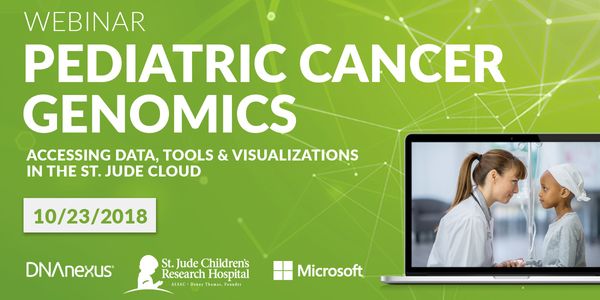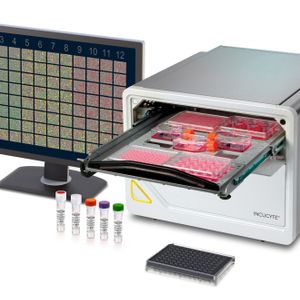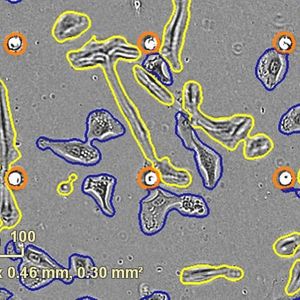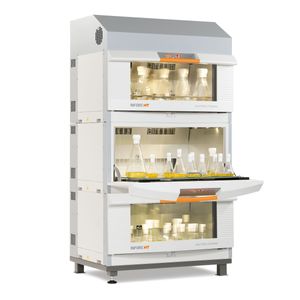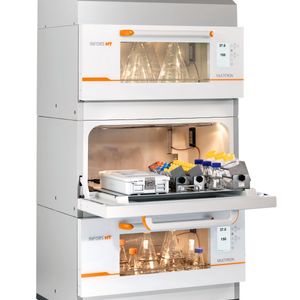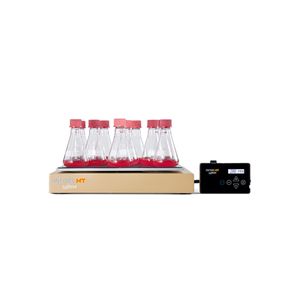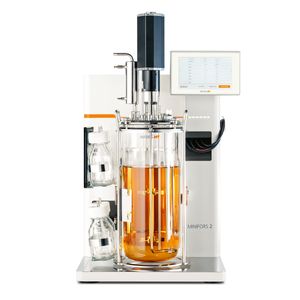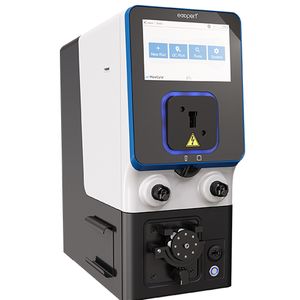Cancer Webinars
Stay informed on developments in cancer and oncology diagnosis, prevention and treatment through these curated webinars. As the race toward a cure for cancer continues, advances in cancer research are constantly revealed as innovation in the field of oncology progresses.
Show More
-
NOV 07, 2018 | 8:00 PMDATE: November 7, 2018TIME: 8:00PM PSTExosomes have been shown to have significant roles in cancer including disease progression acting in the tumor micro-environment, metasta...
-
NOV 07, 2018 | 7:00 AMDATE: November 7, 2018TIME: 7:00AM PDTExosomes have been shown to have significant roles in cancer including disease progression acting in the tumor micro-environment, metastasis a...
-
OCT 30, 2018 | 10:00 AMDATE: October 30, 2018TIME: 10:00am PT, 1:00pm ET Identification and quantification of post-translational modifications (PTM) presents a unique challenge to proteomic studies...
-
OCT 25, 2018 | 8:00 AMDATE: October 25, 2018TIME: 08:00am PDT, 11:00am EDT While the significance of the microbiome is unprecedented, a thorough study to dissect the role of individual popul...
-
OCT 23, 2018 | 10:00 AMDATE: October 23, 2018TIME: 10:00am PDT, 1:00pm EDT Next-generation genomic sequencing is transforming what is known about pediatric cancer and how we treat patients. But eve...
-
OCT 18, 2018 | 8:00 PMDATE: October 18, 2018TIME: 8:00PM PSTExperimental Design Best Practice for Multicolor Flow CytometryMulticolor flow cytometry is a critical technique for many scientific...
-
OCT 18, 2018 | 7:00 AMDATE: October 18, 2018TIME: 7:00AM PDTExperimental Design Best Practice for Multicolor Flow CytometryMulticolor flow cytometry is a critical technique for many scientific...
-
Recent work has identified epigenomic features of distal regulatory elements to be dynamic and defining indicators of cellular specification and transformation. Of particular relevance is our...
As the most common female malignancy, breast cancer is the most likely reason that a woman will die of cancer around the world. Breast cancer mortality has dropped in the U.S. by 35% since 19...
Although targeted therapies often elicit profound initial patient responses, these effects are transient due to residual disease leading to acquired resistance. How tumors transition between...
Lung cancer is the leading cause of cancer-related mortality worldwide. Large-scale sequencing studies have revealed the complex genomic landscape of NSCLC and genomic differences between lun...




